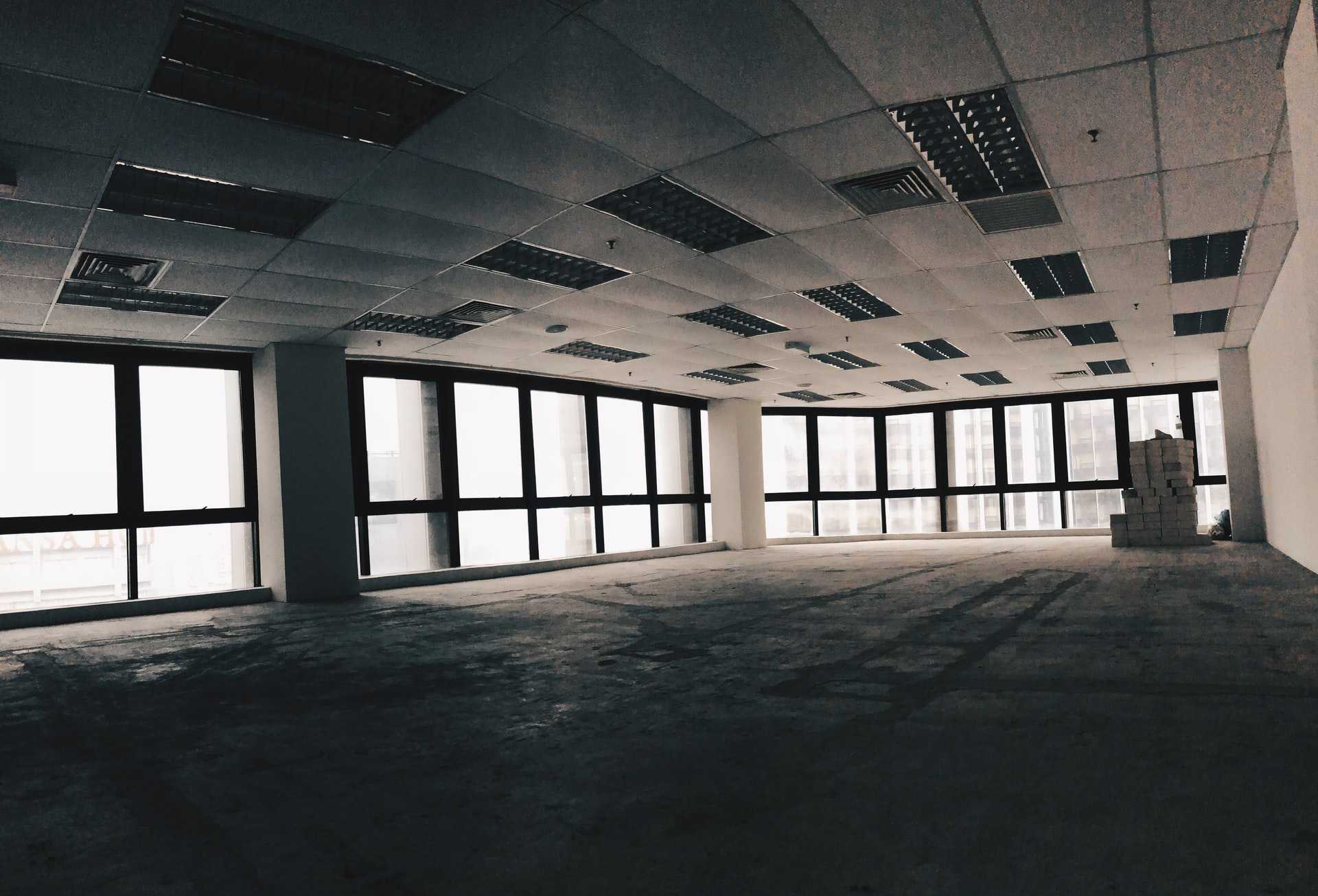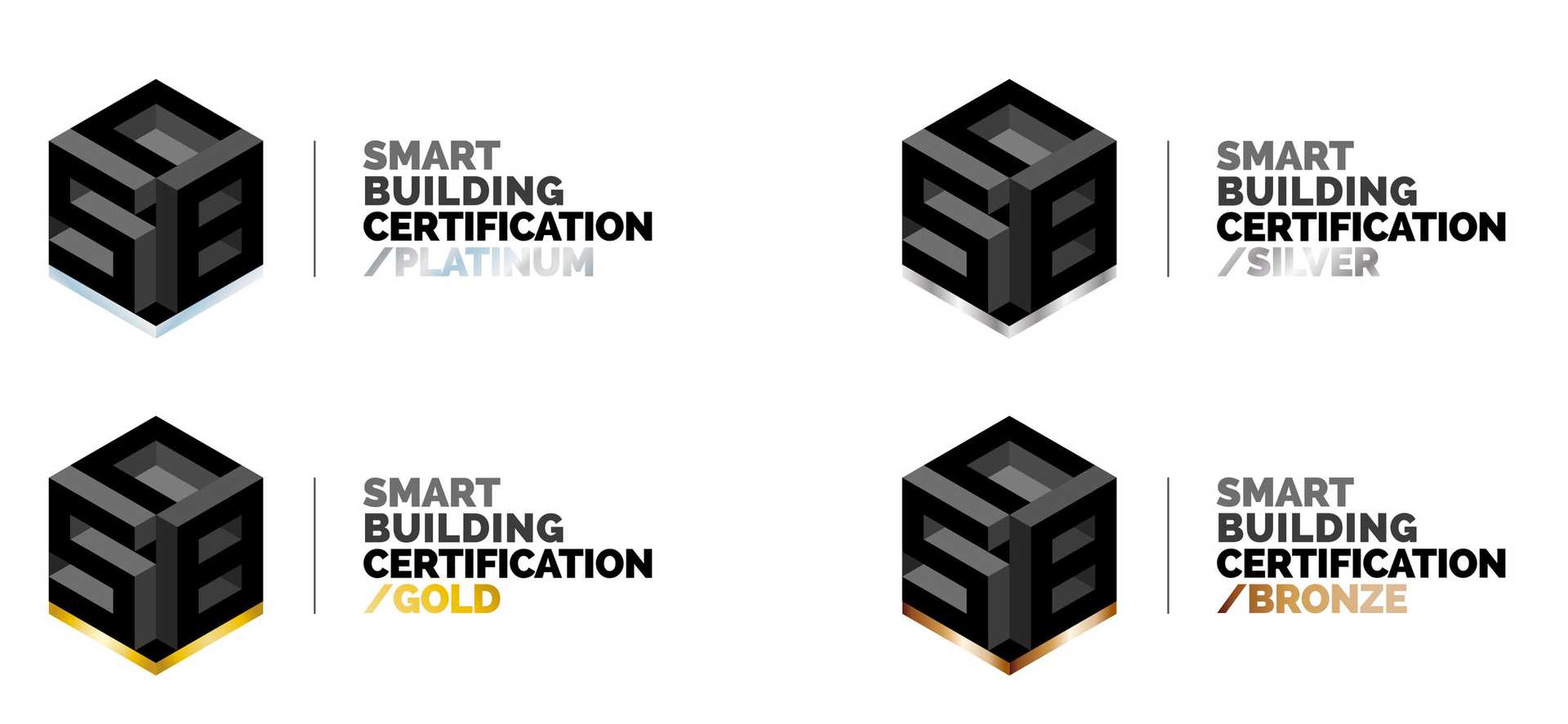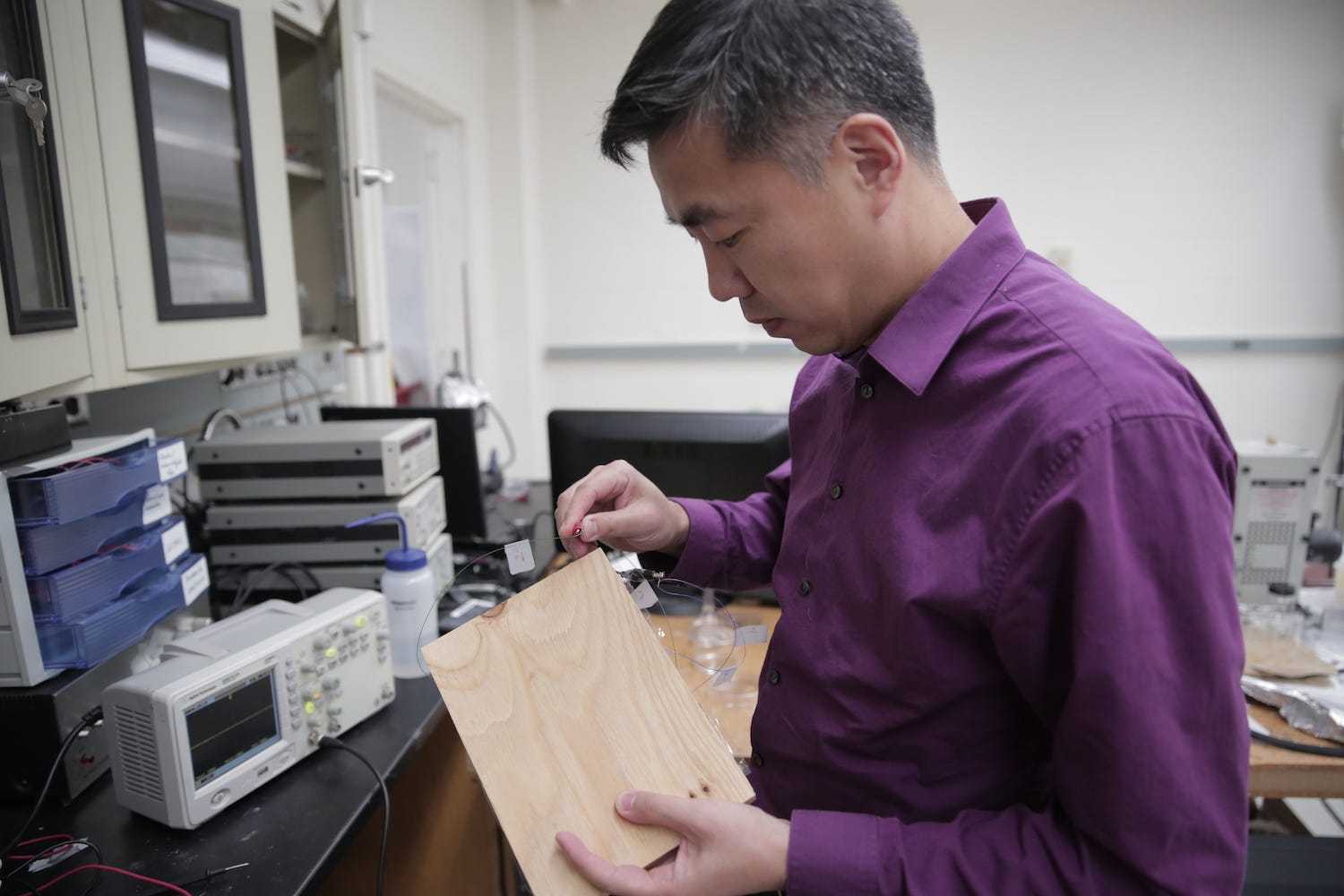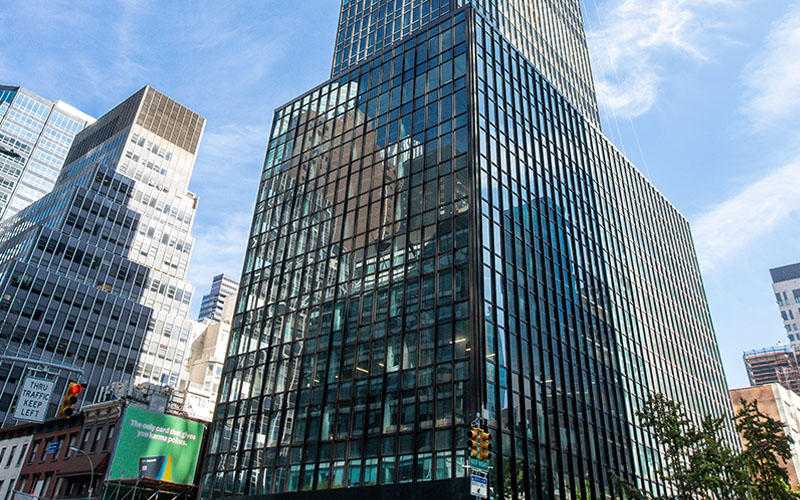
Future-proof buildings
From disposable to reprogrammable.
How likely? How soon? What impact?
Modern buildings are single-purpose products, their short working lives dictated by design. Building these disposable structures produces heavy carbon emissions. This waste is rarely recaptured when they're dismantled. Breaking the wasteful supply chain for commercial real estate cycle will require a shift to higher-quality buildings that can change over time at a reasonable cost.
Urban tech will play a major role in future-proofing buildings. Automation will enable buildings to adapt to changing patterns of use in real time. Construction materials will get upgrades that deliver better performance and durability. And interiors will undergo a makeover, with moveable walls, programmable windows, and power-harvesting floors.
Despite these innovations, buildings will remain the slowest layer of the smart city to change. Consumer devices, vehicles, and even infrastructure can be upgraded far more quickly. But developers that invest in future-proofing will reap the reward. Like LEED and other third-party certifications of sustainability, they will carry a new mark to distinguish themselves from legacy structures.
Signals
Signals are evidence of possible futures found in the world today—technologies, products, services, and behaviors that we expect are already here but could become more widespread tomorrow.




..png)




